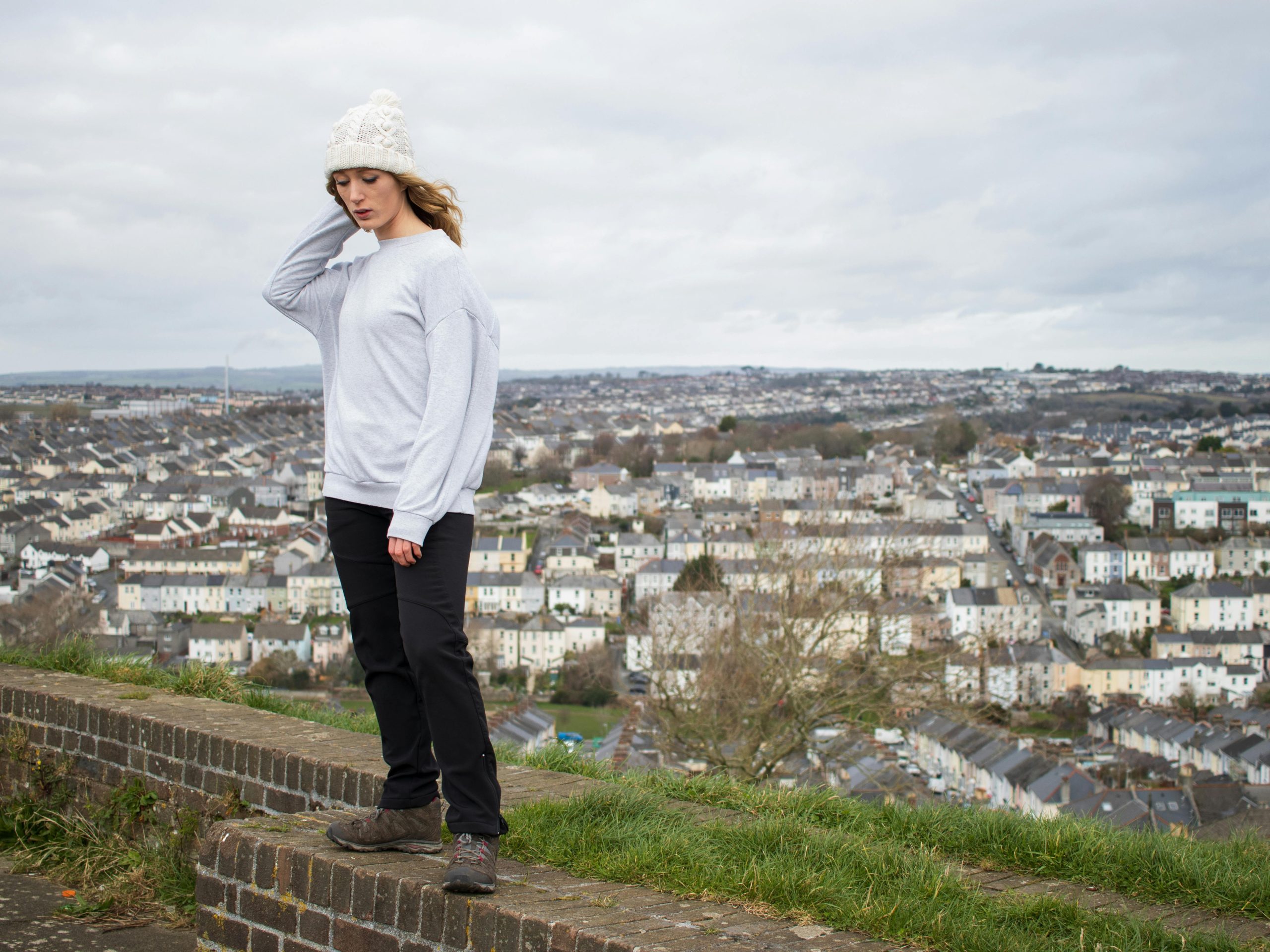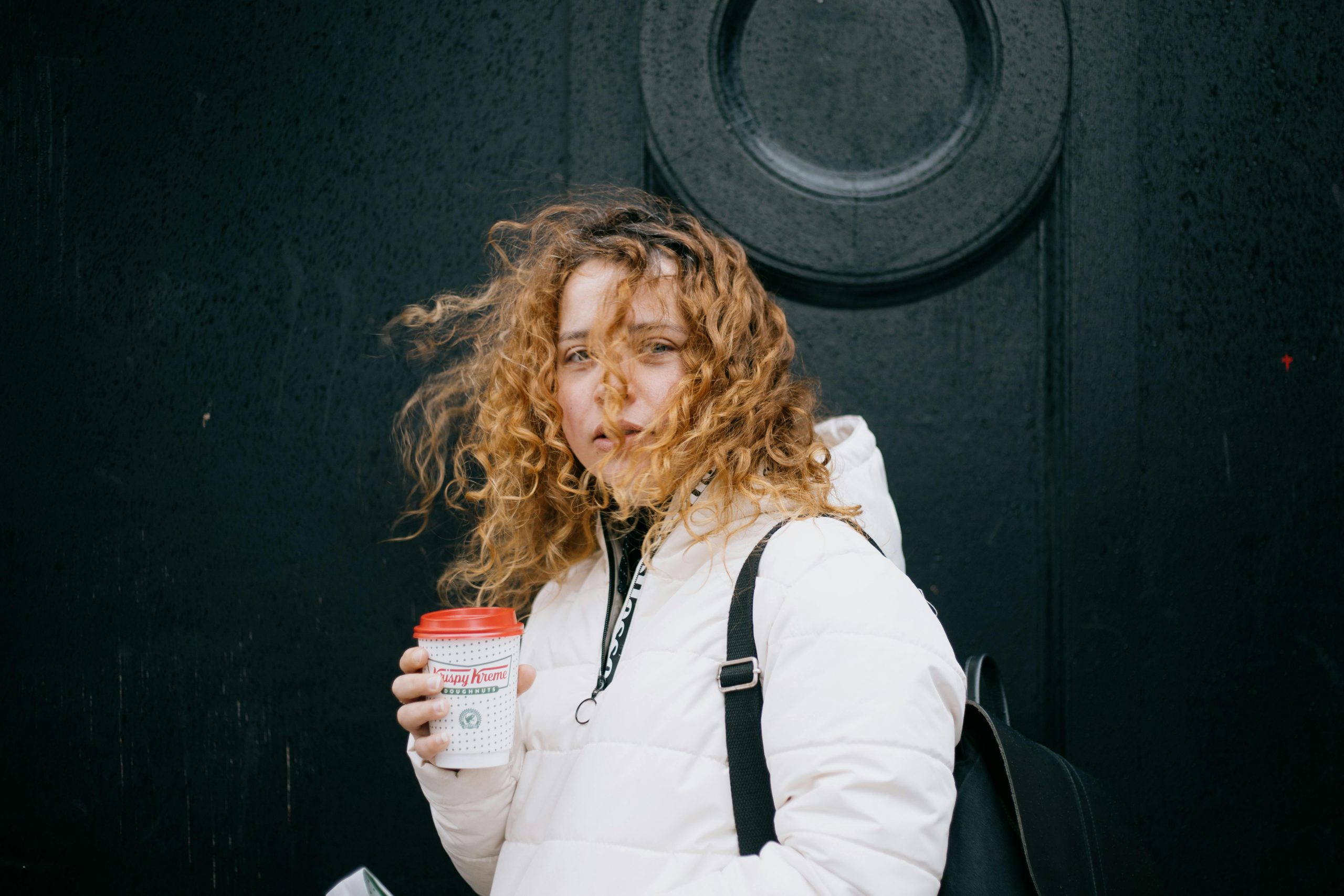I once spent £340 on a plain white t-shirt. Three hundred and forty pounds. For a t-shirt. I can still hear my dad’s voice when I accidentally let this slip during Sunday lunch: “You spent WHAT? On a T-SHIRT?” followed by that uniquely paternal combination of horror, confusion, and concern for my mental wellbeing. In my defense (though there really isn’t one), I’d just landed my first assistant fashion editor job, was drunk on the heady perfume of finally being “in the industry,” and was convinced that dressing the part meant wearing clothes with price tags that made my credit card weep.
That was eleven years and approximately eight hundred fashion cupboard shifts ago. Now, with a decade in fashion editorial under my belt and a much healthier relationship with my bank account, I can tell you with absolute certainty: that t-shirt wasn’t worth it. Not even close. And the biggest revelation of my career? The fashion editors I most admire—the ones with that enviable, expensive-looking style that somehow never feels try-hard—rarely splash obscene amounts of cash on their wardrobes. They just know how to make affordable pieces look pricey.
Last month, I was at a press breakfast for a luxury jewelry brand (think croissants that cost more than your weekly shop and coffee served in cups so delicate you’re afraid to actually drink from them). I was sitting next to Yasmin, the fashion director of a major British magazine, who was wearing this absolutely gorgeous camel coat. Perfectly cut, beautiful drape, looked like Max Mara or maybe even Loro Piana. When I complimented her on it, she leaned in conspiratorially and whispered, “Marks and Sparks, darling. Three years ago. I just had the buttons replaced.” Then she showed me the vintage brass buttons she’d swapped in for the original plastic ones. The entire coat probably cost her less than £150 all in, and it looked easily ten times that price.
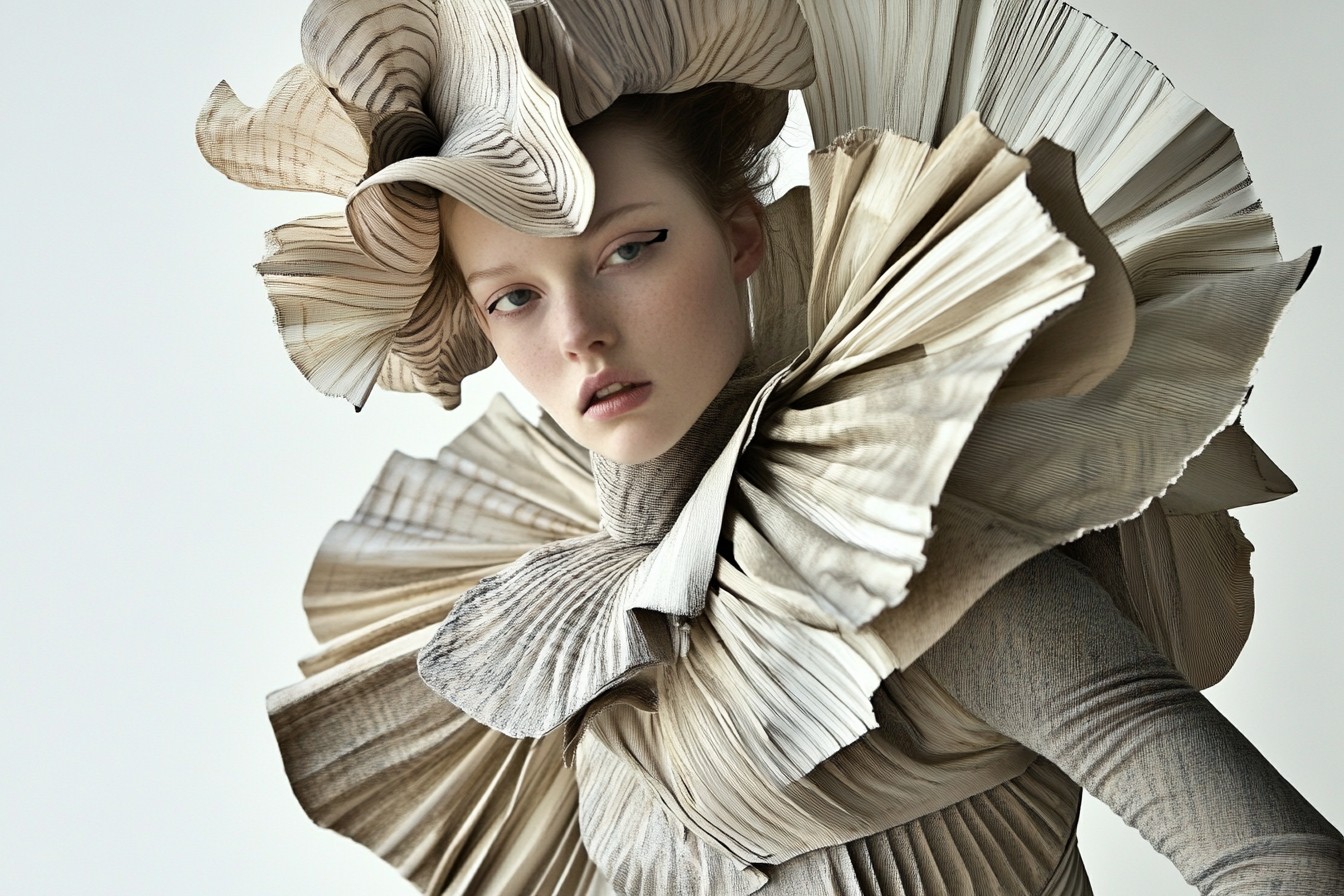
That’s when it really clicked for me: the true fashion insider’s trick isn’t knowing which expensive things to buy—it’s knowing how to make inexpensive things look expensive. It’s about the small, often overlooked details that signal quality to the trained eye, regardless of the label (or price tag) inside.
So here’s what the British fashion editors I’ve worked with over the years have taught me about making high street look high end. The best part? None of these tricks requires a fashion degree or an oligarch’s budget—just a bit of know-how and attention to detail.
First up: The Button Swap. This is possibly the single most transformative thing you can do to an affordable garment. Those lightweight plastic buttons that come standard on high street coats, blazers, and cardigans? They’re practically wearing a name badge that says “Hello, I’m cheap.” Replacing them with higher quality ones—think horn, mother of pearl, or metal, depending on the garment—can completely transform a piece. I’ve got a Zara blazer that’s going on five years old that people regularly assume is designer, purely because I swapped out the shiny plastic buttons for some vintage brass ones I found in my grandmother’s sewing box.
Finding replacement buttons isn’t hard either—haberdashery shops still exist in most towns, and online options are plentiful. It’ll cost you maybe £15-20 for a set of quality buttons, and even if you can’t sew (I can’t, really, beyond reattaching the odd button that’s fallen off), most dry cleaners offer basic alterations and will do the swap for you for another tenner or so. For a £35 investment, your £60 high street coat suddenly looks like it cost £600. The trick, according to Yasmin, is to go for slightly larger buttons than the original ones—they instantly look more substantial and expensive.
Next secret: The Steam Queen technique. Every fashion editor I know owns a handheld steamer, and they’re religious about using it. That wrinkled Primark shirt? Steam it properly, and it suddenly looks ten times its price. Cheap fabrics often hold creases differently than expensive ones, but a thorough steaming can minimize this tell. Last year, I wore a £29.99 H&M dress to a fashion week dinner (needs must—it had been an expensive month), but after a careful steaming and hanging it in the bathroom while I showered (the poor woman’s steam room), the fabric draped beautifully. The fashion director of a rival magazine actually asked me if it was from the new COS collection, which I considered a significant victory.
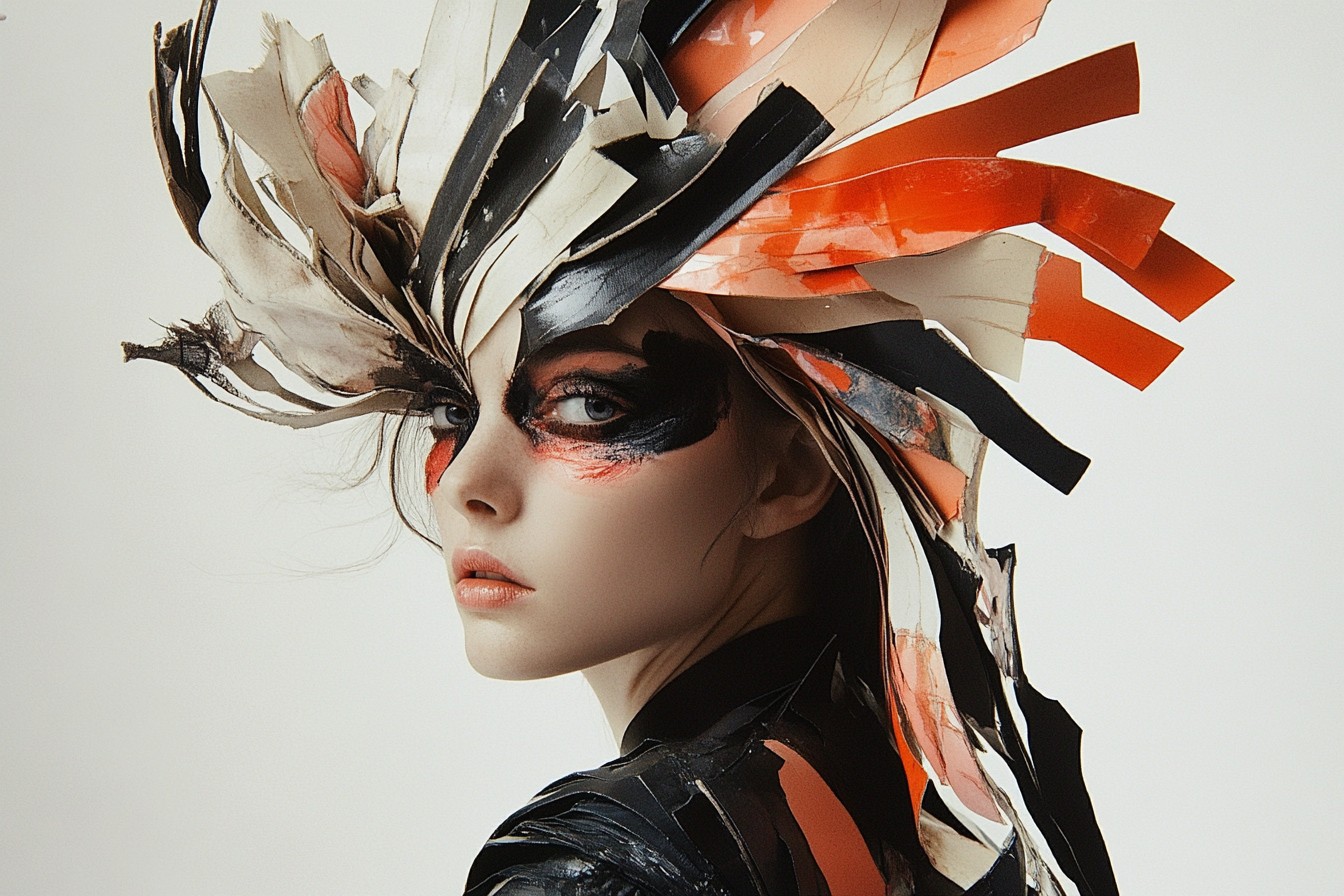
Speaking of fabric—this leads to another insider trick: Fabric Assessment and Selection. When shopping on the high street, train yourself to hunt for natural fibers or at least high-quality blends. The difference between a 100% polyester shirt and one that’s a cotton-silk blend is enormous, both in how it looks and how it wears throughout the day. High street retailers usually have a range of quality levels within their stock—always check the label and go for the highest natural fiber content you can find.
One of the most elegant women I know is Amara, who edits the shopping pages for a top British fashion monthly. She religiously scours Uniqlo for their cashmere and merino knits, which she says are “basically identical” to versions five times the price once you remove the label. Her trick is to gently stretch the cuffs and hem when she first buys them, which gives them a more relaxed, lived-in look that expensive knitwear tends to have. “Cheap knitwear looks too perfect and uniform,” she told me once. “Expensive knitwear looks like it has character.”
Then there’s what I call the Alteration Game. Fashion editors are on first-name terms with their local tailors, and for good reason. A £40 pair of trousers that fit perfectly might as well be designer, while a £400 pair that fit poorly will always look cheap. The secret most people miss is that tailoring isn’t just for special occasions or workwear—it’s for everything. My friend Daniel, menswear editor at a luxury title, has his £12.99 H&M t-shirts tailored to fit his shoulders perfectly. “It costs me an extra tenner per shirt,” he explains, “but they look like they cost ten times as much.”
For women, having the waistband of high street trousers taken in slightly (if you’re smaller on the waist than the hips) creates that subtle curve that’s almost always absent in mass-produced clothing but present in luxury items. Same goes for blazers—having the sleeves adjusted to hit exactly at your wrist bone rather than slightly above or below makes an enormous difference to how expensive they look.
The Tone-on-Tone trick is another fashion editor favorite for looking expensive on a budget. Wearing different shades of the same color creates a look that appears considered and cohesive. Think cream, beige, and tan together, or different shades of grey from charcoal to dove. Last winter, I attended a press day wearing a navy rollneck from Uniqlo, navy wool trousers from Arket, and navy suede boots from M&S. The entire outfit cost under £150, but the tonal approach made it look considered and luxurious. A fashion PR actually asked me if the jumper was Jil Sander. I nearly hugged her.
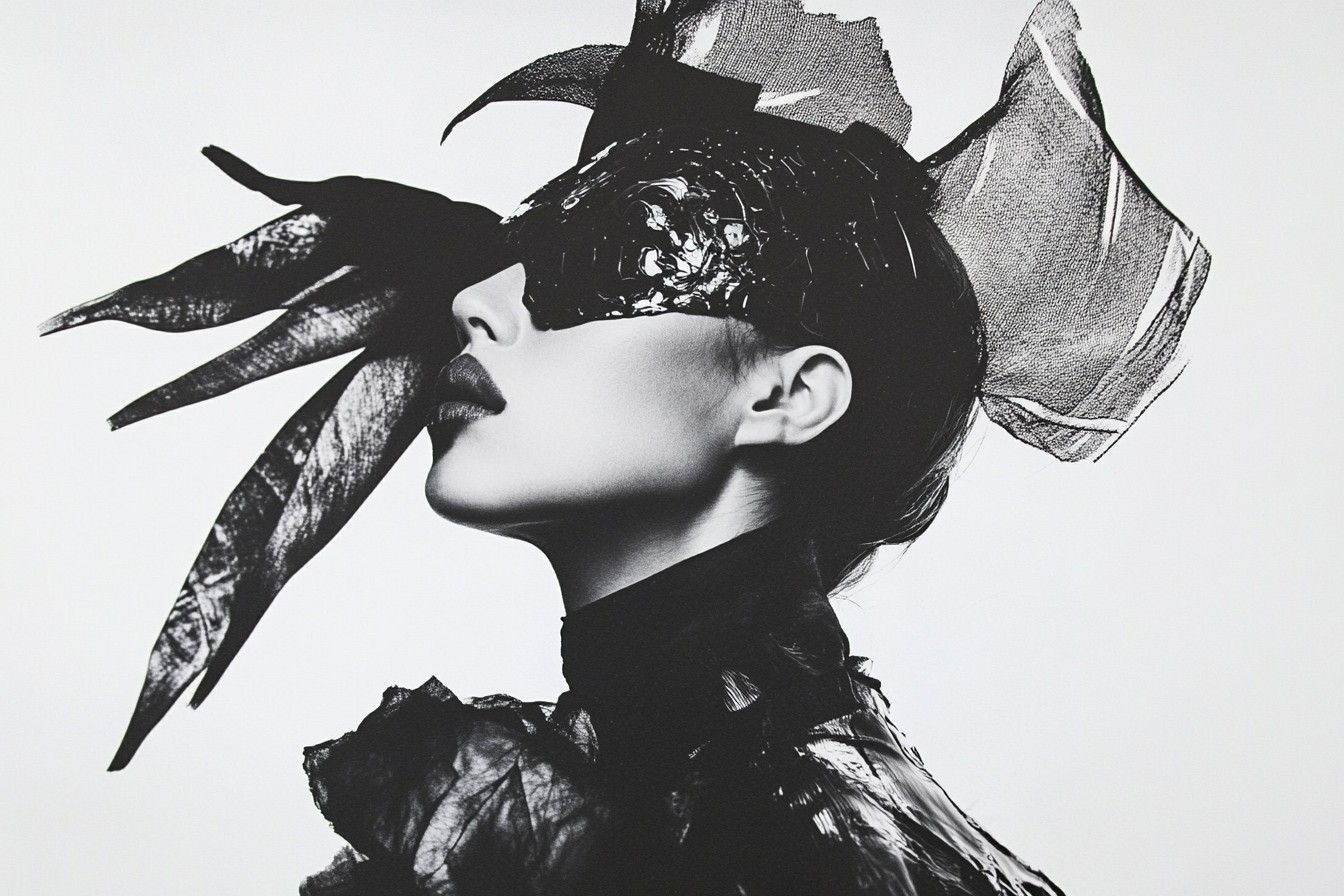
This approach works because cheap clothes often come in slightly synthetic-looking bright colors. By sticking to sophisticated neutrals and subtle tones, you’re already eliminating one of the most common “tells” of inexpensive clothing. Philippa, who styles celebrities for red carpet events, tells clients on a budget to “stick to navy, black, camel, and ivory. No high street brand has ever messed those up too badly.”
Here’s another insider tip: Hardware Inspection. Before buying anything with zips, clasps, buckles, or fastenings, check them carefully. Cheap hardware is an instant giveaway. If the zipper feels flimsy or the buckle looks like it might change color after a few wears, walk away. Conversely, sometimes you’ll find high street pieces with surprisingly good quality metal elements—snap those up, as they’ll fool even the trained eye into thinking they’re higher end.
Emma, accessories editor at a British newspaper supplement, taught me to look for high street bags with minimal branding and quality stitching around the handles (the first place cheaper bags tend to wear out). “If you must buy high street bags, go for the plainest styles possible in leather, not ‘vegan leather’ which just means plastic. And always, always check the edge coating—that’s where they cut corners.”
The Touch Test is something fashion editors do instinctively. Before investing in anything, they touch it—really feel the material between their fingers. Is it soft? Does it have weight? Does it crease when scrunched and then bounce back? Cheap synthetics feel plasticky between your fingers and crease in angular ways rather than the soft folds of natural fibers. My editor-in-chief can identify fabric content blindfolded just by touch, a skill I find both impressive and slightly terrifying.
But perhaps the most important trick of all is what I’ve come to call the Mix Master technique. No fashion editor wears head-to-toe high street—or head-to-toe designer, for that matter. The real skill lies in mixing price points so strategically that it’s impossible to tell what cost what. Invest in one or two quality pieces—a great jacket, good shoes, or a beautiful bag—and build the rest of your outfit around them with affordable basics.
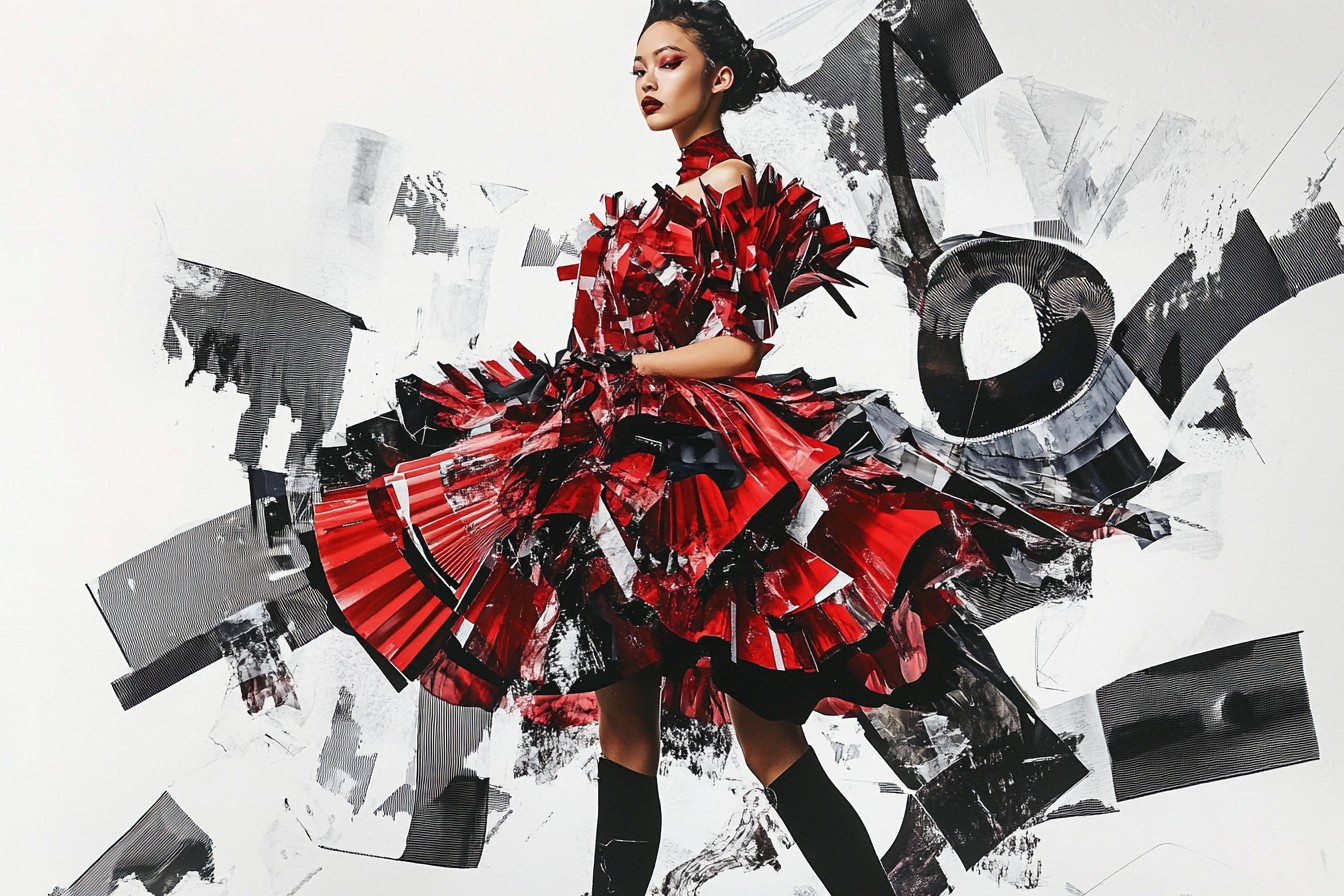
Victoria, a stylist who works with British TV presenters, has a formula: “Spend on structured pieces and anything that needs to last years. Save on trend-led items and basic layering pieces.” This means investing in a well-cut blazer or coat, then pairing it with a high street t-shirt, jeans, and perhaps expensive-looking but affordable accessories.
I’ve applied this philosophy to my own wardrobe with religious dedication. My most complimented outfit combines a second-hand Arket coat (£70 from eBay but looks like it cost £300), a simple H&M rollneck (£19.99), Uniqlo trousers (£35), and my one true splurge—a pair of flat leather boots from a British shoemaker that cost more than my first month’s rent in London but have lasted five years and counting. The entire look reads “expensive” even though 75% of it absolutely isn’t.
Oh, and that £340 t-shirt? It developed holes after six washes and now serves as an expensive reminder pinned to my mood board: true style has never been about how much something cost, but rather about the eye that chose it and the details that elevate it. As my first fashion director used to say, usually while dragging me away from the Prada I couldn’t afford: “Taste costs nothing, darling. And a good steam is worth a thousand pounds.”
So next time you’re trying to look expensive without spending obscenely, remember: check the fabric content, replace cheap buttons, befriend your local tailor, stick to sophisticated color palettes, inspect the hardware, and mix your high street finds with one carefully chosen quality piece. That’s how the editors do it—and fashion editors are nothing if not experts in creating illusions. The greatest illusion of all? That you need to be rich to look like you are.


